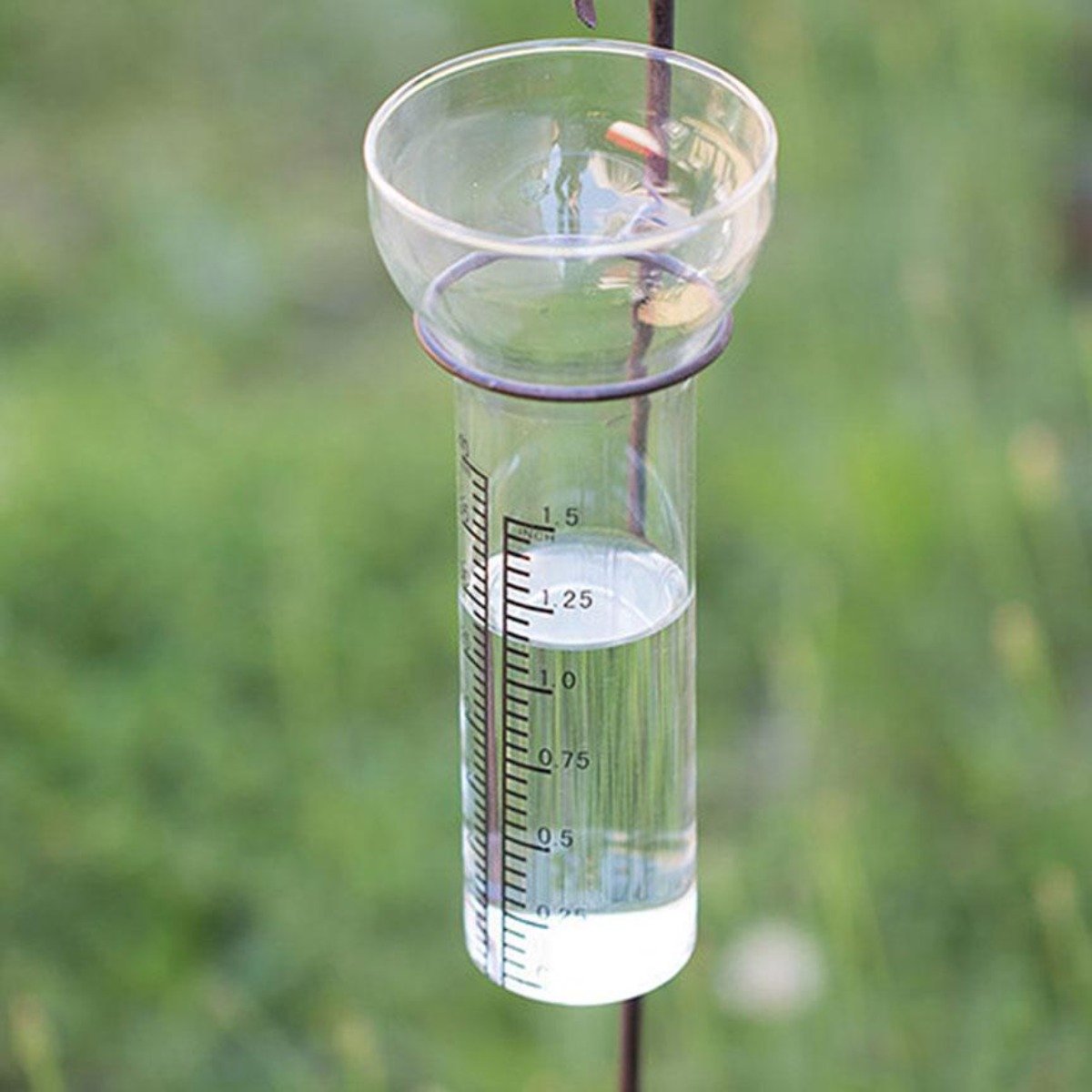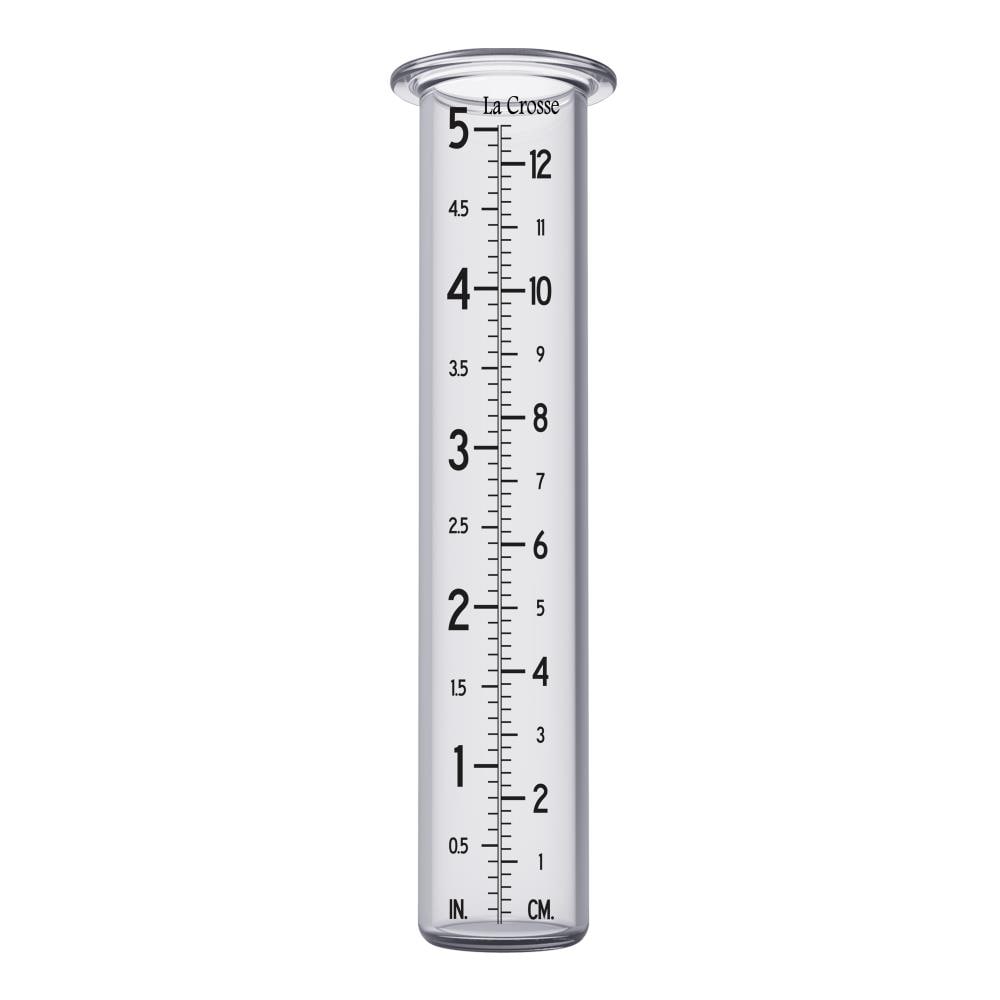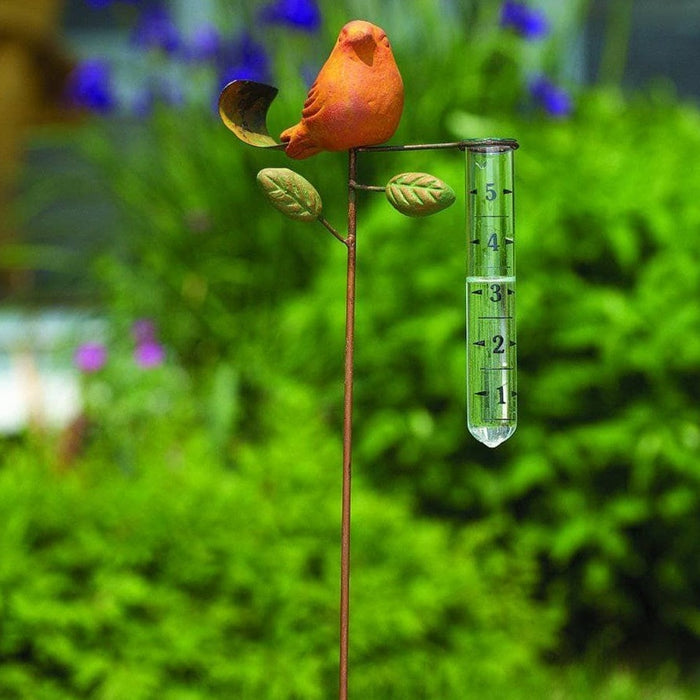The Rain Gauge: Necessary Information and Finest Practices for Weather Enthusiasts
The Rain Gauge: Necessary Information and Finest Practices for Weather Enthusiasts
Blog Article
Just How to Choose the Right Rain Gauge for Accurate Rain Information
To acquire reputable measurements, it is important to pick the right rainfall scale. Thinking about factors such as place, kind, and precision of the rain gauge will certainly help make sure specific data collection. In addition, understanding the maintenance and calibration treatments will add to the longevity and dependability of your rainfall gauge.
Importance of Picking the Right Rain Scale
The importance of picking the appropriate rain scale depends on getting dependable and specific rainfall data for exact meteorological evaluation. Rain data is critical for a wide variety of applications, including weather condition projecting, hydrological modeling, and climate research. Unreliable or undependable information can lead to wrong final thoughts and flawed decision-making procedures.

Secondly, the precision and precision of the rainfall gauge are paramount. The scale ought to be able to gauge rainfall with high accuracy, catching even little amounts of rainfall accurately.
In addition, the area and setup of the rain gauge are crucial factors to consider. It ought to be positioned in an open area, far from obstructions that might affect rains measurements. The scale ought to be placed at a suitable elevation and angle to avoid spilling and ensure appropriate catchment of rainwater.
Variables to Think About When Choosing a Rainfall Gauge
When choosing a rain gauge, there are numerous key variables to consider. There are different types available, consisting of standard rain determines, tipping bucket rain gauges, and evaluating rainfall evaluates.
Another variable to consider is the product of the rainfall gauge. Rain determines can be made of different materials, such as plastic, metal, or glass. The product chosen must be resistant and long lasting to climate condition, ensuring that the rainfall gauge will certainly endure the elements and provide exact measurements over time.
Precision is likewise a crucial aspect to consider. Try to find rainfall determines that have been calibrated and tested for precision. Functions such as anti-splash rings and funnels can likewise improve the accuracy of the dimensions.

Lastly, consider the environment and environment in which the rainfall scale will certainly be made use of. Different rainfall assesses appropriate for various climates, so it is very important to pick one that is suitable for the conditions in your area.
Various Kinds Of Rain Evaluates Offered
To additionally check out the aspects to take into consideration when selecting a rainfall gauge, it is crucial to recognize the different types of rain determines readily available. The most typical kind is the conventional rain gauge, additionally understood as the round rain gauge.
One more type of rain scale is the tipping pail rain scale. As the rainfall drops into the gauge, it fills up one side of the bucket, causing it to clear the water and tip.
A 3rd sort of rainfall scale is the weighing rain scale. This scale utilizes a balance system to measure the weight of the accumulated rainfall. As the rainfall drops right into the gauge, it is accumulated in a container linked to a balance. The weight of the water is determined, and the rainfall quantity is computed based upon the weight. Weighing rainfall assesses are highly precise however can be more costly and require normal maintenance.
Finally, there are additionally remote rainfall evaluates that use progressed technology to measure rains (The Rain Gauge). These determines use sensors and transmitters to send out information wirelessly to a main unit. Remote rainfall gauges are hassle-free for keeping track of rainfall in hard-to-reach areas or for large information collection
Exactly How to Establish the Accuracy of a Rain Gauge
One way to examine the precision of a rainfall gauge is by carrying out routine calibration measurements. Calibration entails contrasting the analyses of a rainfall scale to a conventional dimension, such as a licensed rainfall scale or a weather condition terminal with high precision. By contrasting the dimensions, any inconsistencies or inaccuracies in the rain scale can be determined and accounted for.
To perform a calibration measurement, begin by collecting rains information from both the rainfall scale and the common measurement tool over a specific amount of time, such as a month. Contrast the analyses and determine the difference between them. This distinction is called the calibration mistake.
It is necessary to keep in mind that calibration dimensions must be done consistently, as ecological elements, such as temperature, particles, and wind, can affect the precision of the rainfall gauge over time. By conducting regular calibrations, any type of adjustments in the accuracy of the rainfall gauge can be found and adjustments can be made accordingly.
Along with calibration, it is also advised to tidy find out this here and maintain the rain scale routinely to guarantee its precision. Remove any kind of particles or obstructions that might impact the precision of the dimensions, and look for any indications of damage or use that may require repairs or replacement.
Tips for Keeping and Adjusting Your Rainfall Scale
Regular upkeep and calibration are important for ensuring the precision and dependability of your rainfall scale in measuring rains information (The Rain Gauge). By complying with a few basic ideas, you can ensure that your rainfall scale is appropriately preserved and calibrated
First of all, it is very important to cleanse your rain scale regularly to stop any debris or you could try this out dirt from blocking the rain collection system. Use a soft brush and a light cleaning agent to carefully clean up the inside and exterior of the gauge. Wash it thoroughly with clean water and allow it to dry totally prior to re-installing it.
Secondly, it is suggested to adjust your rainfall scale a minimum of once a year. Calibration involves comparing the measurements of your rainfall scale with those of a trusted and precise referral gauge. This will assist you recognize and fix any type of potential mistakes in your rainfall gauge's measurements.
To calibrate your rainfall scale, collect a known quantity of water using a determining container and contrast it with the measurements tape-recorded by your rainfall gauge. Adjust the readings appropriately to ensure precision.

Final Thought
In final thought, picking the ideal rain scale is important for obtaining exact rains information. Elements such as function, budget, and area must be taken into consideration when choosing a rainfall scale.
There are various types readily available, including standard rain evaluates, tipping bucket rain assesses, and weighing rainfall assesses.To better discover the aspects to think about when picking a rainfall gauge, it is important to recognize the various types of rainfall assesses available. The most common type is the conventional rainfall scale, additionally understood as the round rainfall gauge.One original site more kind of rain gauge is the tipping pail rainfall scale. Calibration entails comparing the analyses of a rain scale to a basic measurement, such as a qualified rain scale or a climate station with high precision.
Report this page